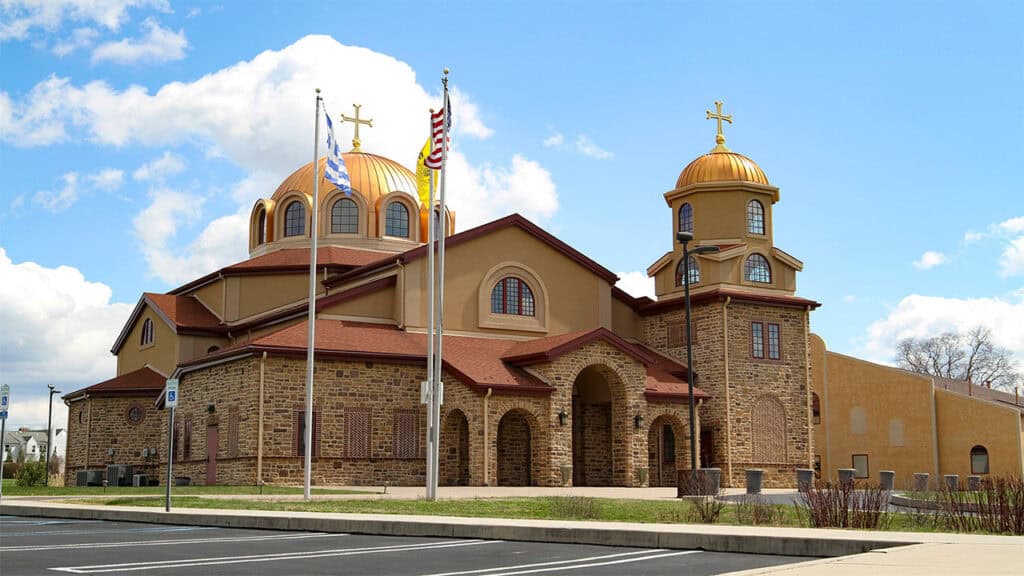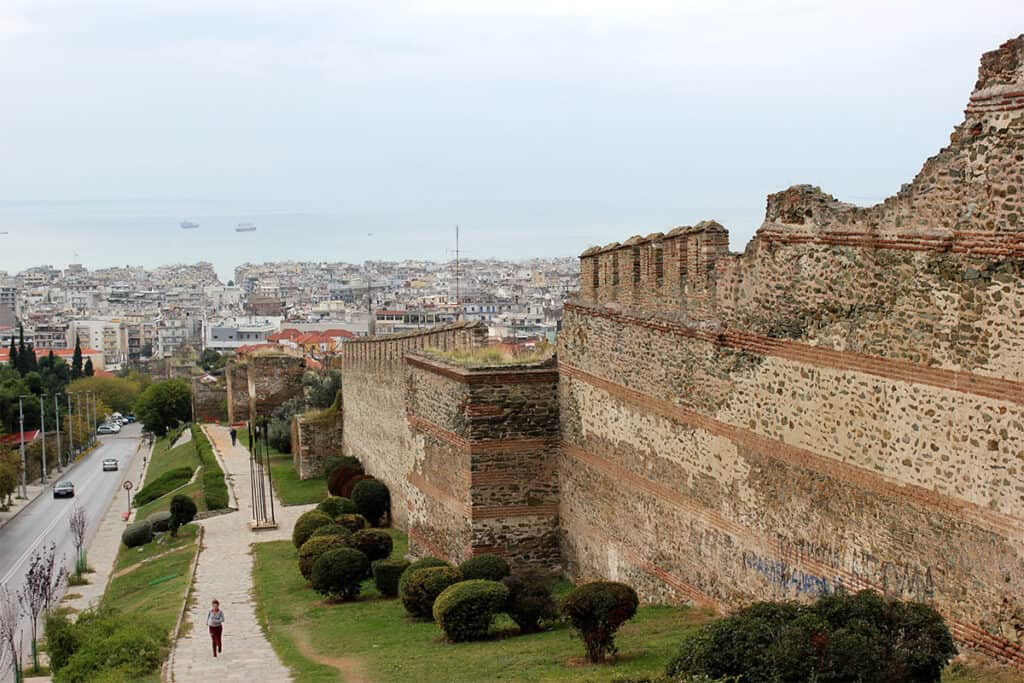If you have been following the headlines about tourism numbers and summer heatwaves in Greece, you might have missed another story brewing in the background. It is not about beaches or ferries, but about servers, fiber optic cables, and megawatts of power. Greece is in the middle of a data center boom, and it is happening fast.
The numbers alone tell a remarkable story. In 2024, the Greek data center market was valued at $812 million. By 2030, it is projected to reach $2.07 billion, a path that implies 16.96 percent CAGR across the period.
Analysts describe Greece as one of Europe’s fastest-growing data center markets. This is more than a footnote in Greece’s economy. It is a new industry with real scale and a chance to shift the country’s role in global technology.
Part of the appeal comes down to geography. Greece sits at the meeting point of Europe, Asia, and Africa, which makes it a natural hub for international data traffic.
Submarine internet cables are the invisible infrastructure that moves this traffic, and in recent years, Greece has become a landing point for several important systems.
The IONIAN submarine system links Crotone in Italy with Preveza in western Greece using 24 fiber pairs over about 320 kilometers. The India–Europe-Xpress (IEX) connects Mumbai to Europe and lands in Crete, improving diversity and latency on east–west routes.
Sparkle’s GreenMed is a planned Adriatic system that will connect Italy with Croatia, Montenegro, Albania, Greece, and Turkey, with extensions deeper into the Mediterranean. Together, these projects strengthen Greece’s position as a Mediterranean data bridge at a time when cloud, streaming, and AI are all demanding more bandwidth.
Greece’s Data Center Boom — Key Facts
- Market size (2024): $812 million
- Projected market size (2030): $2.07 billion
- Growth rate: 16.96% CAGR (2024–2030)
- Jobs by 2030: ~20,000
- GDP impact by 2030: ~€2 billion
- Main hubs: Athens, Thessaloniki, Crete
- Major investors: Microsoft (€976.168 million investment), Google, Digital Realty, Data4
- Key submarine cables: IONIAN (~320 km, Italy–Greece), India–Europe-Xpress (IEX) (Mumbai–Europe via Crete), GreenMed (Adriatic system linking Italy, Balkans, Greece, Turkey)
- Government framework: Law 5069/2023 streamlining zoning, permits, and building standards
- Renewable energy goal: 61% by 2030
Global technology companies have noticed. Microsoft is building three data centers in the Attica region under its GRforGrowth plan. The first facility in Spata is designed for 19.2 MW and is targeted to go live in 2025; the approved budget for the overall program is €976.168 million according to official filings and local reporting.
Digital Realty is already the most established operator, with multiple sites in the Athens area, including ATH3 in Koropi, which local industry coverage identifies as the country’s largest data center. The company is expanding further in Attica and is developing its HER1 facility in Heraklion, Crete. French operator Data4 is investing €300 million to build a scalable, AI-ready campus in Paiania.
Greek providers such as Lancom and Synapsecom continue to grow in Athens and Thessaloniki, serving enterprises that want local colocation and cloud options.
Athens remains the heart of the market, with the largest concentration of facilities, the deepest connectivity, and proximity to the international airport. Thessaloniki is building a complementary role that serves the Balkans and Southeast Europe, with lower operating costs and a growing ecosystem of cloud providers (overview). Crete plays a different part. It is not the biggest facility market, but it is crucial for cable landings and for tying Greece into wider east–west routes across the Mediterranean.
The policy environment has made a difference. In 2023, Greece passed Law 5069/2023, which sets clear definitions for data centers, streamlines land-use and permitting, and adapts building standards to the needs of modern facilities (summary, guide). This clarity has helped unlock new projects and speed up decision-making.
Sustainability is now central to the conversation. Greece’s national energy plan targets 61 percent renewable electricity by 2030 (policy context). The state utility, the Public Power Corporation, has announced a €5.75 billion transformation that includes a 300 MW mega data center at Agios Dimitrios, a pathway to 1,000 MW, and multi-gigawatt investments in renewables and storage. Hourly matching programs and new grid storage are intended to help large digital loads run on cleaner power.
There are still challenges. Rapid growth will require timely grid upgrades and well-designed connection agreements. Greece’s seismic activity also demands robust, earthquake-resistant construction and redundant power and cooling to maintain uptime during disruptive events.
Even with those hurdles, the outlook stays positive. By 2030, the sector could create about 20,000 jobs and add around €2 billion to the economy, based on estimates from the Greek government and industry statements (example, analysis).
These jobs will not only be in server rooms. They will also come from construction, engineering, security, energy management, and the many local suppliers who support a modern data ecosystem.
For most of the modern era, Greece’s international image has rested on tourism, shipping, and agriculture. Those pillars remain, but another one is rising, built from racks of servers, long-haul fiber, and clean power. Just as the ancient harbors of Piraeus and Thessaloniki connected continents through trade, today’s Greece is becoming a gateway again.
This time, what flows through its ports is the digital lifeblood of the global economy.
Cosmos Philly is made possible through the support of sponsors and local partners. If you’d like to become a sponsor or promote your business to our community, get in touch.








